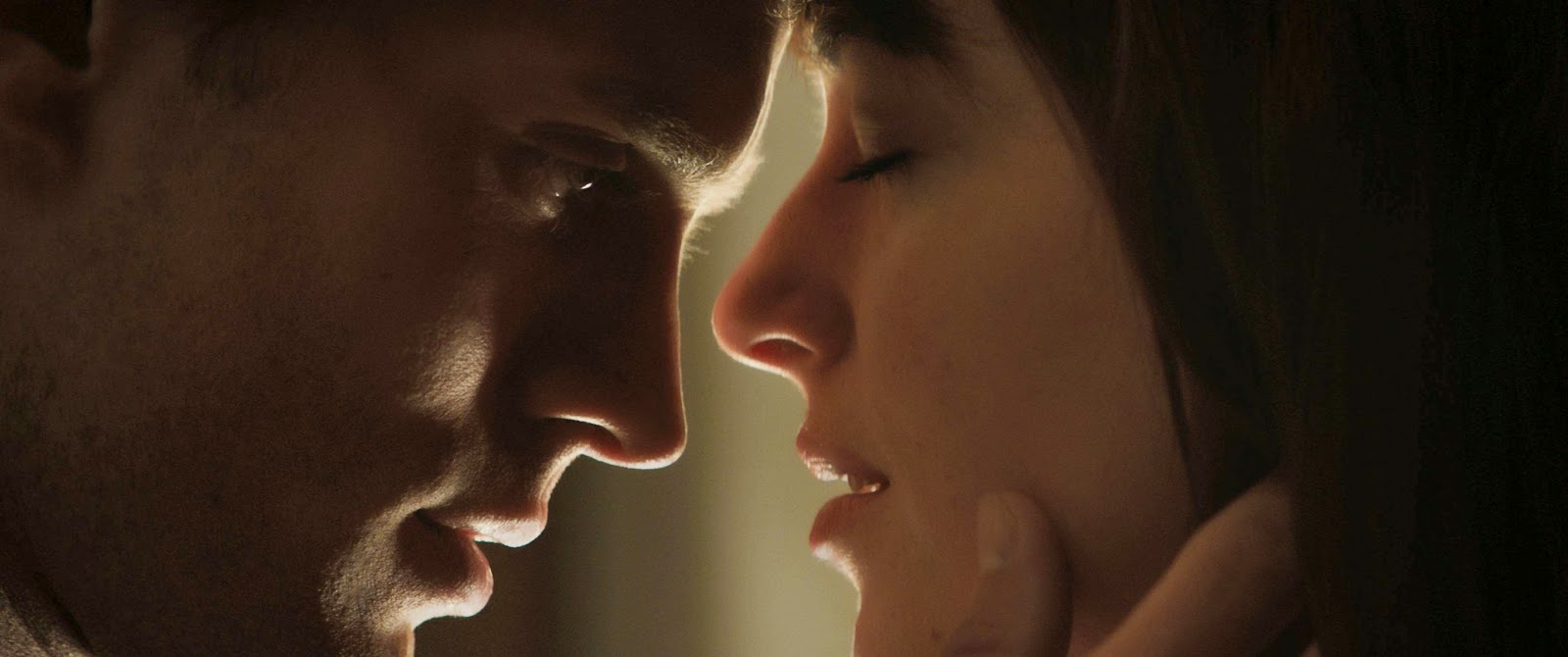Is It the Best or the Worst Time for Film Restoration?
By Steven Rosen | IndiewireMarch 11, 2015 at 11:05AM
Some good news on the film restoration front: Satyajit Ray's "Apu Trilogy" is getting a 4K restoration and Janus Films is planning a theatrical release.

image courtesy of Janus FilmsSatyajit Ray
Charles Dickens could have been referring to the current state of film restoration when he wrote, "It was the best of times, it was the worst of times."
For, as was made clear – literally – at the recent Cinema Revival: A Festival of Film Restoration at Columbus, Ohio's Wexner Center for the Arts, proponents of digital restoration believe the high quality and clarity of 4K (4,000 pixels per horizontal scan line) resolution is making it the new aesthetic standard.
Its rise has been recent. But it comes at a time of falling sales for DVDs, and also when many people are more interested in the convenience of watching movies anywhere – on their smart phones and in cars – than in seeing them in optimum conditions.
Lee Kline, technical director for The Criterion Collection, told festival attendees that with the growing adoption of the 4K standard, "We can finally call these (true) restorations."
That's because 4K digital scanning of source material, preferably but not always old film negatives, comes close to the same image quality as traditional 35-millimeter film prints. And it is twice that of the previous (and still prevalent) high standard for digital restorations, 2K. Criterion's first 4K release, "A Hard Day’s Night," came just last year.
"If you're trying to preserve something with the highest quality restoration, you have to be working with 4K," Kline said.

Image courtesy of Janus Films"Pather Panchali"
One point made at the festival was that the term "film" is becoming a misnomer – new film negatives of digitally restored titles are not always made now.
Kline had arrived in Columbus via a 16-hour flight from Mumbai, the latest international trip in his current project to supervise a 4K restoration of the three films comprising the late Indian filmmaker Satyajit Ray’s classic "Apu Trilogy"– 1955's "Pather Panchali," (1955) "Aparajito" (1956) and "Apur Sansar" (1959), also known as "The World of Apu."
Kline screened brief clips showing how the ongoing restoration is helping save Ray's films, since parts of the source material had been damaged or lost. The odyssey to restore the film began with Ray's lifetime achievement Academy Award in 1992. The following year, the films, en route from India to Los Angeles to be preserved, were ironically damaged in a fire at Hendersons Film Laboratories in South London. Despite being damaged, the films were shipped to the Academy of Motion Picture Arts and Sciences in Los Angeles, where they were stored in vaults for the next 20 years (Read Kline's essay on how he pulled off the restoration here).
Janus Films is planning a theatrical release of "Apu Trilogy,” presumably using many theaters (like the Wexner’s) with 4K digital projectors. Criterion will follow with consumer discs.
But if all this is positive news for restoration, there's a downside. The time and money increases with 4K scanning – as does the "writing" of information to hard drives. Yet while regular DVD/Blu-ray players and high-definition TVs can play 4K discs, it's only at their standard resolution (although the quality of what they’re showing is much better). There is a growing market for 4K ultra-high definition televisions, especially for home theaters, but they are still expensive.
"The plan is to have people see things and buy things – so there are marketing concerns," said Grover Crisp, Sony Pictures’ executive vice president in charge of film restoration and digital mastering, during his festival presentation. "And the market for DVD and Blu-ray has gone [down] in recent years, so they're not putting out so many titles."
Still, Crisp expressed hope that the existing cinematheques equipped with 4K projectors – such as the Wexner and Indiana University's Cinema in the Midwest – will help build a growing theatrical circuit for such restorations.

Paramount Pictures"Days of Heaven"
At the festival, Sony provided two recent 4K restorations of black-and-white classics – Luchino Visconti's "Sandra," which stars Claudia Cardinale and debuted at the 2013 Venice Film Festival, where the then-new film won the Golden Lion in 1965; and Howard Hawks' classic 1939 "Only Angels Have Wings," with Cary Grant, Rita Hayworth and Jean Arthur.
The former, Crisp said, was restored photochemically about 12 years ago, but all the prints were unsteady – the originals were made on unsteady printers and couldn't be corrected. Now, with digital restoration, "We were able to stabilize these images," he said.
And "Angels" partly needed to await digital restoration to repair damage to its negative, since Crisp could recreate missing frames by "stealing" information from the surrounding ones.
Kline shared some fascinating "war stories" about working with the creators of films that Criterion had restored. He recalled that Terrence Malick insisted on reducing the color saturation of "Days of Heaven" during a digital restoration.
Because the film had been hailed on its 1979 release for its brilliant color, Kline questioned him. Malick refused to reconsider. "I realized he was right – the film has a better look without it," Kline said.
And on last year’s 2K restoration of Liliana Cavani’s 1974 "The Night Porter," Kline said he wanted to remove a production mistake – a hair that got on a lens during a key shot. "I said we probably have the technology to remove it. She said, 'You know what? It's part of the movie,'" he said.







